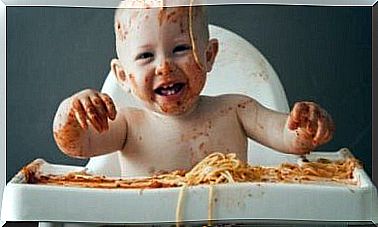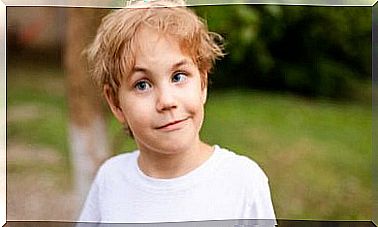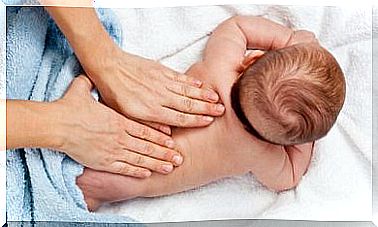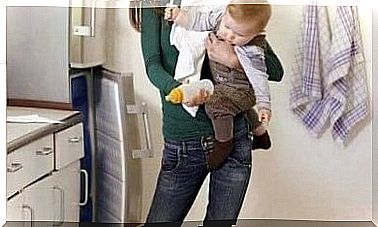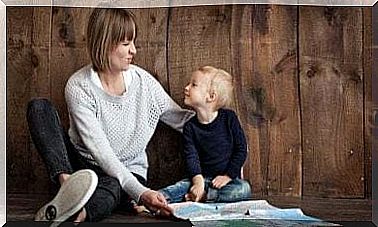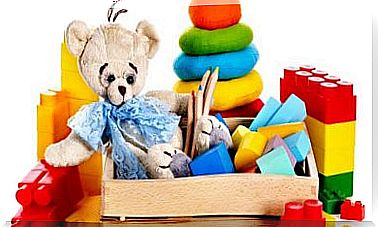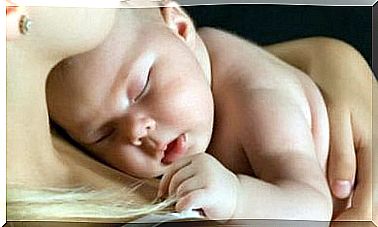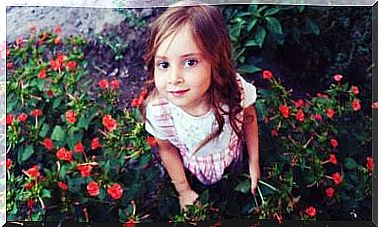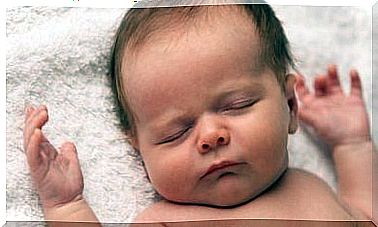John Bowlby’s Attachment Theory
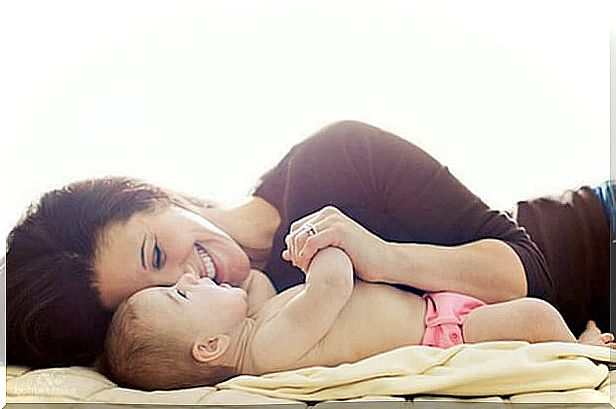
John Bowlby’s (1907-1990) attachment theory argues that babies have an innate need to find, at least in an adult, the affection and attention they need for their physical, emotional and cognitive development.
He wants to be caressed, fed, picked up, protected… He needs to know the world he lives in and the people who are by his side.
With the aim of learning to live like his fellow men, he demands the attention of the most experienced individuals, those who always respond to his requests: the parents.
To be able to attract attention and make sure that the adult he needs to run, he uses subtle and effective means of expression such as, for example, crying.
We at Siamo Mamme suggest that you use attachment theory as a fundamental basis for the education of a happy and emotionally strong child. For this reason we will summarize some of John Bowlby’s main ideas about infants and their attachment figure.
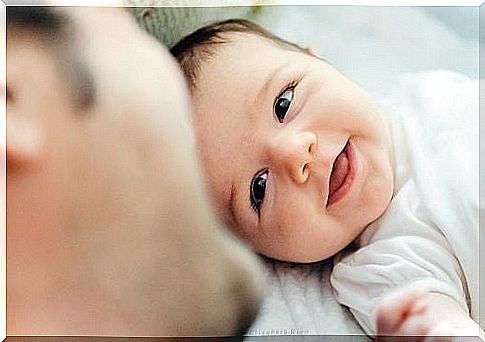
What is attachment?
Attachment is the bond that is established between a child and his or her parents or guardians. It is an emotional bond that gives the little one the opportunity to form their own identity over time.
His learning and his ability to respond to future events are said to change according to the stimuli he receives from the environment.
According to John Bowlby ‘s attachment theory , a child’s fear, anxiety, or safety is defined by the type, quality and quantity of attention, love and affection it receives from the attachment figure (s): the mother, father or, in general, the person who takes care of him.
Other particularities of attachment and the attachment figure
Attachment is based on trust, care, emotional security, affection, protection, need for response, and contact with another human being.
The attachment figure is like an always safe haven that will support the child while learning. It will provide him with the support that will give him security and the support to which he will cling to experiment and grow.
When a child is with his attachment figure he is not afraid, he feels happy and has a desire to learn. He knows nothing bad can happen to him because he is supervised by people who love and protect him.
In the presence of the attachment figure, he tends to try his hand at new things. He knows that, in the face of the slightest danger or fear, he will be able to run to take refuge in the arms of the adult who takes care of him.
The sensitivity that the adult has towards the emotional needs of the child will determine his emotional state and his future personality : “Who am I?”, “How do I behave?”, “What are my reactions?”, “What values do I have?” do they define as a person? ”, etc.

John Bowlby’s Theory of Attachment
John Bowlby’s attachment theory is supported by numerous scientific studies in the fields of psychoanalysis, evolution and ethology. Although he met many detractors in his time, today it constitutes an axiom that is impossible not to follow.
Children educated according to this theory become happy, emotionally strong and independent adults. They are self-confident people, who have confidence in their own qualities and face the future in a positive way, without fear.
When a child is raised through attachment, he is raised with love, patience and tenderness. The best values are passed on to him and he is given the freedom to learn independently.
Parents and family members who take into account the attachment for the education of their children dedicate the necessary and always quality time to them. In this way the little ones can understand the importance of the family, of relationships of cordiality between people, of affection and respect, of gratitude and goodness …
They know how much caresses, sweet and affectionate phrases, praise can teach.
Attachment in childhood removes shyness, strengthens and prepares the human being for life.
Keep this in mind when educating your children.
